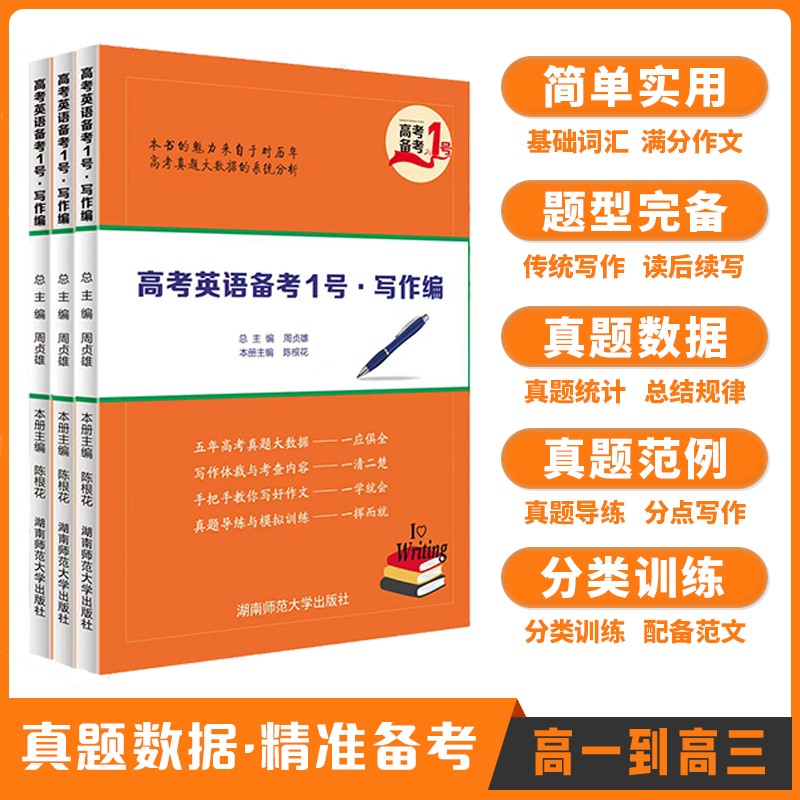逗号后的部分是什么成分
If you see the phrase as dead as a doornail,you don't need to know what a doornail is,simply that the whole phrase means"totally dead",这个句子中逗号后simply that the whole phrase means"totally dead应该是一个完整的句子,为什么能用逗号连接,还是这是一个从句?
最佳答案 2025-07-23 19:57
此处的simply that相当于only that分句。通常前面有逗号或者破折号,也可以加一个but。用于跟前面一个否定结构相呼应,以表示一个肯定的陈述。
从语义上讲,存在“不是...而是...”这样一个语义对比关系;从结构上讲,多数情况下与前文也有对应关系。例如:
She did not say when she meant to return, only that she had taken the Imp as prisoner. (when...和that...两个名词性从句,作say的宾语)
Not that they are stubborn, simply that they know how to accomplish their purpose in the nicest way possible and please everybody. (The War Romance of the Salvation Army) (两个平行的that分句,可视为句首省略了It’s)
但有时候前面的句子并非一定要有对应的结构。例如:
We state this problem, not to solve it, but simply that readers may realize that we are deeply conscious of it.
显然,前一句中并没有与that分句相对应的结构,但语义上存在“不是...,而是...”这样的逻辑关系;且动词不定式 to solve it和that分句都表示目的。
类似这样的句子,如要译成汉语,可能需要在原本没有表示目的功能的that分句前添加适当的词语,以便使得汉语的表达更为通顺。比如上面这个句子我们可以译为:我们提出这一问题,目的并不是要解决它,而是为了让读者意识到我们对它有深刻的认识。这里我们添加了“为了让”这几个字。
又例如:
The criteria for using the word(classic)may or may not be obvious to others, only that it’s intended to express approval and to commend.
此句的前一个简单句中也没有与(only) that...相对应的结构,但同样存在“用这个词的准则可能不明确,但它用于褒义(这一点是明确的)”这样的逻辑关系。翻译时同样要适当措辞。
就你提到的If you see the phrase as dead as a doornail, you don't need to know what a doornail is,simply that the whole phrase means" totally dead" 一句来说,simply后的that分句和前面的what分句都是名词性从句,作动词know的宾语。这两个分句虽然在同一层次上并列,但不必使用并列连词(虽然可以用but)。或者也可以说逗号起到了并列的作用。
供参考。
如果觉得我的回答对您有用,请随意打赏。你的支持将鼓励我继续创作!

- 2 关注
- 1 收藏,643 浏览
- 伊234 提出于 2025-06-24 15:44
相似问题
- 多个单词并列可以不用and吗 1 回答
- 句子分析 1 回答
- 为什么用逗号连接句子 1 回答
- 强调句前使用逗号疑惑 1 回答
- 句子中的现在分词前加逗号后会发生什么变化 1 回答
-
 《高考英语备考1号·速效编》
《高考英语备考1号·速效编》
-
 《高考英语备考1号·写作编》
《高考英语备考1号·写作编》
-
 《高中英语晨读晚记》
《高中英语晨读晚记》
-
 《高中英语错题笔记》
《高中英语错题笔记》
-
 《零起点考大学英语》
《零起点考大学英语》
-
